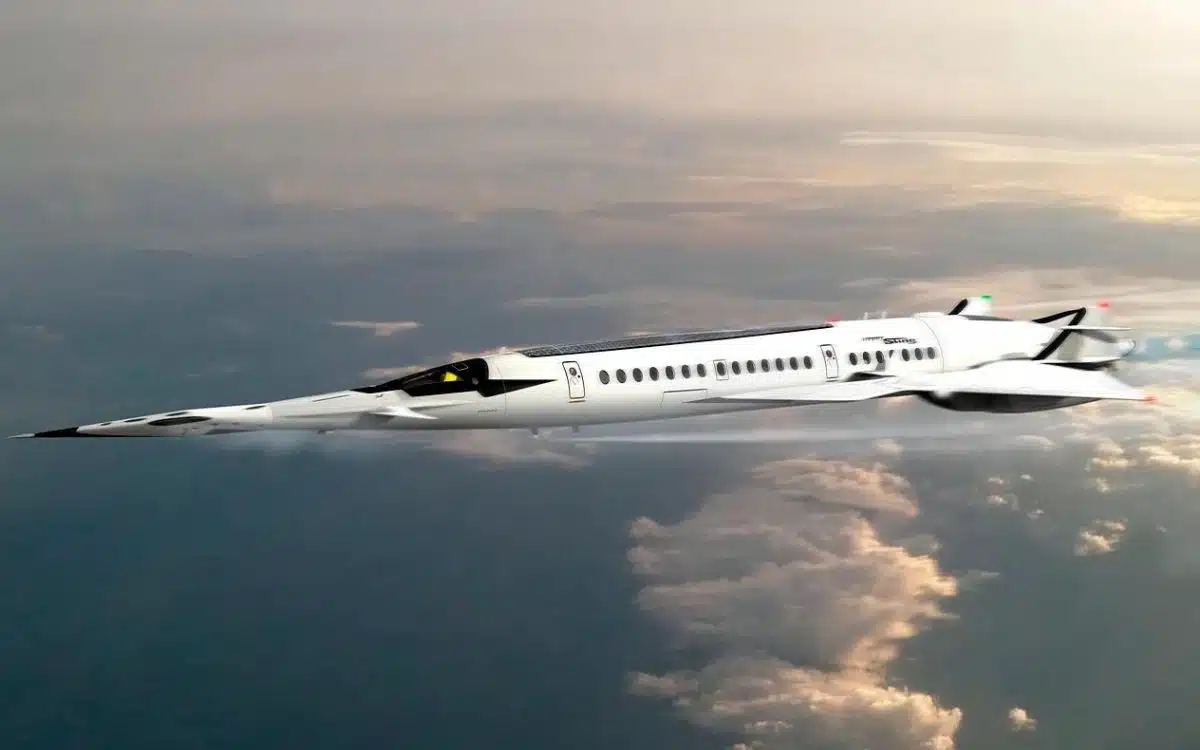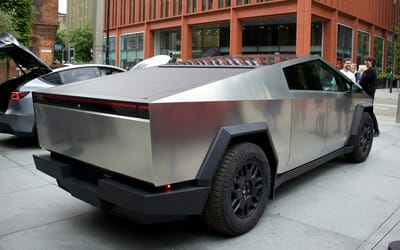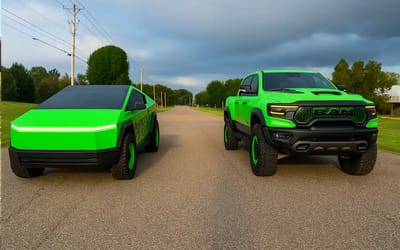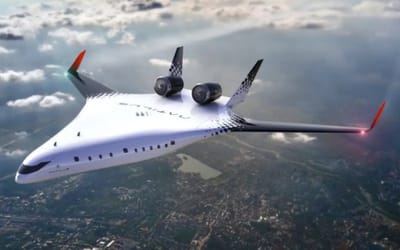Supersonic nuclear-powered plane would fly from London to New York in less time than a soccer game
- The Hyper Sting as the next generation of air travel
- It has capacity for 170 passengers
- It would travel at a speed of 4,287 km/h (2,664 mph)
Published on Apr 28, 2024 at 12:00 PM (UTC+4)
by Amelia Jean Hershman-Jones
Last updated on Apr 26, 2024 at 8:23 PM (UTC+4)
Edited by
Alessandro Renesis
This concept for a supersonic nuclear-powered plane would fly from London to New York in just 80 minutes.
Let’s put that into perspective.
The vision of Barcelona-based designer, Oscar Viñals, The Hyper Sting would travel at a speed of 4,287 km/h (2,664 mph).
READ MORE! First humans to reach Mars will travel on nuclear-powered spacecraft
That’s more than three times the speed of sound and almost twice the speed of Concorde.
Put simply: it would cut the transatlantic flight five-fold.
It’s being hailed as the potential next generation of air travel – but it’s not the first foray into supersonic passenger air travel.
Viñals is the designer behind other large-scale, fast-flight projects, including the Sky Whale and Big Bird.
The supersonic nuclear-powered plane would fly 170 passengers within its 328ft (100m) interior – that’s 100ft (30m) longer than the Concorde.
Plus its wingspan of 169ft (52m) dwarfs Concorde’s 85ft (26m).
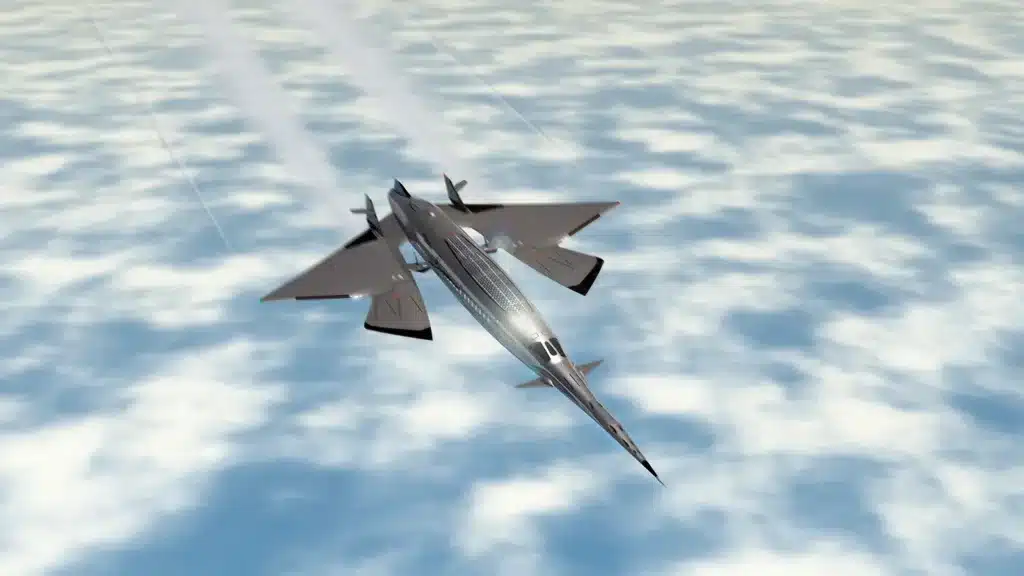
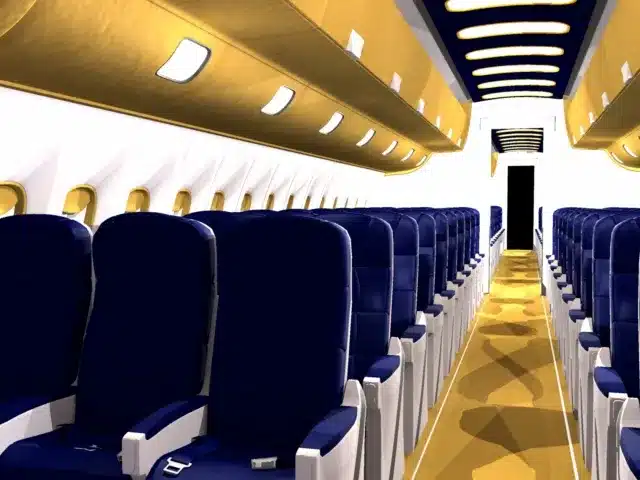
Concorde was the the world’s last commercial supersonic jet and was retired in 2003.
The design’s name comes from the shape of the aircraft, as Viñals explains.
“The fuselage would have the shape of a ‘big sting’ with a very sharp ‘nose’,” he said.
“That would have the function to control the front airflow, in order to redistribute it over the central part and over the wings.”
While other concept planes favor style and eco-credentials – speed and power are most important in Viñals’ vision.
So how does a nuclear-powered plane actually work?
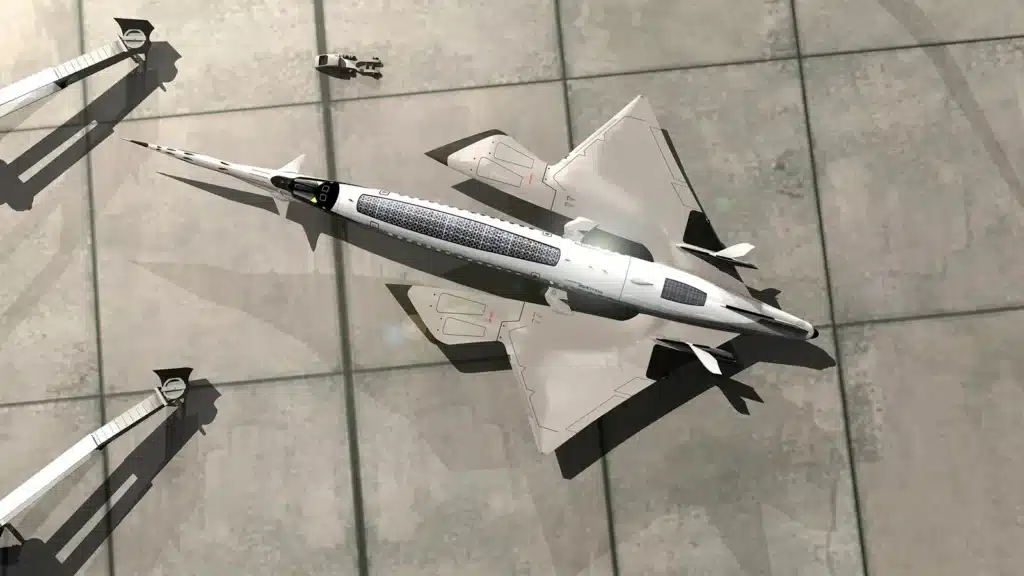
It has two ramjet engines, powered by a small, but mighty nuclear reactor to propel the jet to its unbelievable speeds.
However, for the moment it it set to remain a theoretical concept because the cold-fusion nuclear reactor needed doesn’t exist yet.
This innovative system would enable a Mach 3.5 capability.
Mach is the ratio of the speed of a body to the speed of sound.
Mach 1 is the speed of sound and Mach 2 is twice the speed of sound.
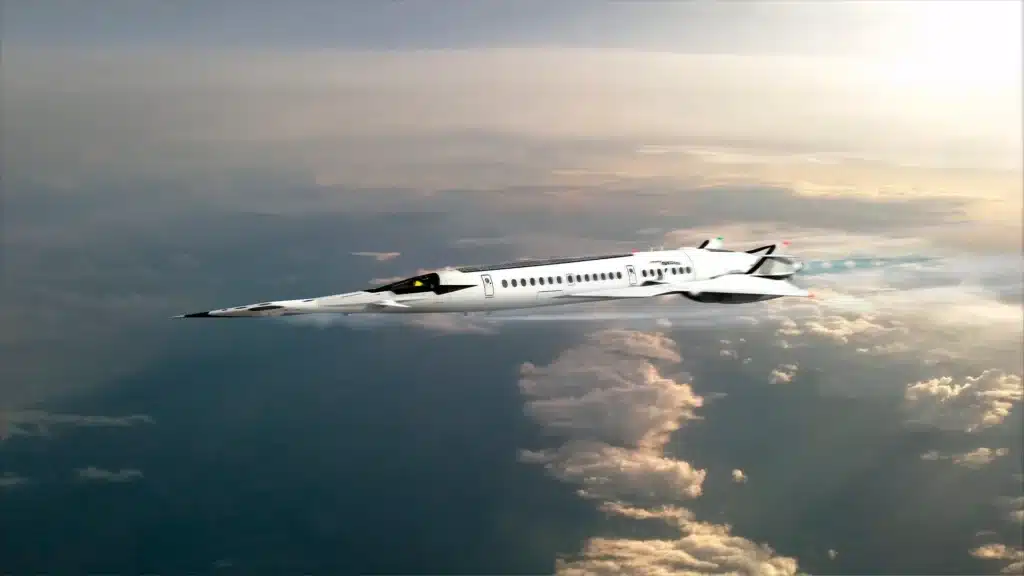
Mach 3.5 is enough to power these two ramjet engines or four next-gen hybrid turbojets.
“Concorde was a brilliant piece of machinery, a noble experiment, but it put too many emissions in the environment, too much noise into our communities, and was too expensive to operate,” Viñals said.
“Today, there are some projects for a new era of supersonic flights from different private and public initiatives, some of those are well underway and could become in a few years a real concept.
“Supersonic flights will return, but in this case due to some very innovative systems, like the cold fusion reactor, the date of a possible production, would be over 2030 and the cost would not be cheap.”
DISCOVER SBX CARS: The global premium car auction platform powered by Supercar Blondie

All Supercar Blondie contributors undergo editorial review and fact-checking to ensure accuracy and authority in automotive journalism. After gaining her BA Hons in French and English at the University of Nottingham, Amelia embarked on a vocational diploma from the National Council for the Training of Journalists (NCTJ). This led to numerous opportunities, from interning at Vogue to being on the small team that launched Women’s Health magazine in the UK, which was named the PPA Consumer magazine of the year for three years running. As Health, Beauty and Fitness editor, Amelia personally received a Johnson & Johnson Award and was shortlisted for both PPA and BSME titles. Since then, Amelia has created content for numerous titles and brands, including the Telegraph, 111 Skin, Waitrose, Red magazine, Stylist, and Elle, as well as being Head of Content at Vitality and Editor in Chief at INLondon magazine. “My superpower is translating technical jargon about the mechanical workings of a supercar into a relatable story you’ll want to share with your friends after you’ve read it.” After joining the SB Media family as a senior journalist in September of 2023, Amelia’s role has evolved to see her heading up the SEO output of the editorial team. From researching the most ‘Google-able’ key terms to producing evergreen content - it’s been a time of hard work, growth, and success for the editorial team and the Supercar Blondie website. “I like to think of myself as a ‘method journalist’. In other words: I live and breathe whatever I am writing about. When writing about fitness, I trained as a personal trainer, and as a beauty editor, I completed an ‘expert’ in scent diploma with the Fragrance Foundation. “During my tenure at Supercar Blondie, however, I did something I never thought possible: I passed my driving test at the age of 36. One day I’d love to train as a mechanic to better understand what happens under the hood, too. “My sweet spot is providing readers with a ‘takeaway’ (read: something new they didn’t know before) after reading every one of my stories. While I don’t claim to be an expert in the automotive world, I know the experts and bodies in the field to rely on to provide our readers with an informative and thought-provoking story every time they visit the site.”
